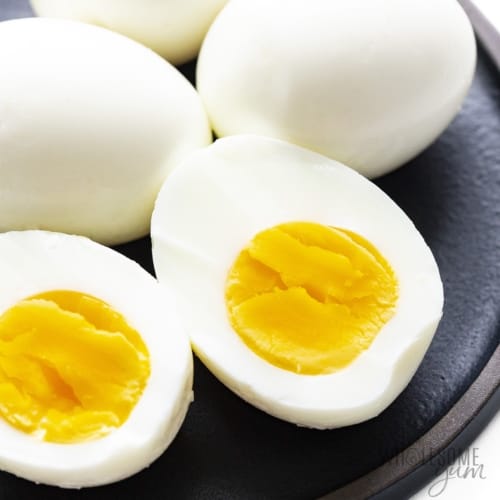A Comprehensive Tutorial on Creating Ideal Soft Boiled Eggs

# A Comprehensive Guide to Crafting Ideal Soft Boiled Eggs
Soft boiled eggs are a gastronomic treasure, presenting a luscious yolk and delicate whites that can elevate any dish. Whether enjoyed on toast, in ramen, or simply seasoned with salt, perfecting the technique of soft boiling eggs can enhance your breakfast or brunch experience. This guide will lead you through the steps to consistently achieve the ideal soft boiled egg.
## What You Will Need
Before getting started, collect the following items:
– Fresh eggs (as many as you prefer)
– A pot or saucepan
– A slotted spoon
– A bowl of ice water (optional, for chilling)
– Salt and pepper (for flavoring)
## Step 1: Select the Appropriate Eggs
Fresh eggs produce the best outcome. Choose eggs that are within their expiry date and have been stored properly. Eggs at room temperature are ideal, as they cook more uniformly compared to cold eggs taken directly from the fridge.
## Step 2: Boil the Water
Fill a pot with sufficient water to submerge the eggs by approximately one inch. Set it on the stove over high heat and bring the water to a vigorous boil. A pinch of salt added can help avoid cracking and make peeling easier later on.
## Step 3: Get the Eggs Ready
While the water is heating, prepare the eggs. If they’ve been in the fridge, allow them to sit at room temperature for about 10-15 minutes. This minimizes the chance of cracking when they are placed into the hot water.
## Step 4: Immerse the Eggs in the Water
Once the water reaches a boil, lower the heat to medium-high to keep a gentle boil. Using a slotted spoon, carefully lower the eggs into the boiling water one by one. Take care to avoid splattering the hot water.
## Step 5: Time It Right
Timing is essential for achieving perfect soft boiled eggs. Here’s a general guideline according to your desired doneness:
– **Runny yolk**: 6 minutes
– **Slightly firmer yolk**: 7 minutes
– **Creamy but not runny**: 8 minutes
Set a timer for your selected cooking duration.
## Step 6: Prepare an Ice Bath (Optional)
While the eggs are cooking, prepare a bowl filled with ice water. This step is optional but strongly recommended as it halts the cooking process immediately, ensuring that the yolks remain soft and creamy.
## Step 7: Move the Eggs
When the timer alerts you, use the slotted spoon to gently take the eggs out of the boiling water. Immediately place them into the bowl of ice water for around 5 minutes. This cooling phase not only stops the cooking but also facilitates easier peeling.
## Step 8: Shell the Eggs
After the eggs have cooled down, gently tap them on a hard surface to crack the shells. Roll the egg between your hands to loosen the shell, then peel it under running water to help remove any stubborn shell fragments.
## Step 9: Serve and Relish
Your soft boiled eggs are now primed to be savored! You can serve them in an egg cup, cut them in half, and sprinkle with salt and pepper, or use them in your favorite meals. They pair beautifully with toast, salads, or as a garnish for ramen.
## Tips for Achieving Success
– **Play with Timing**: Each stove and pot varies, so you may need to tweak the cooking time slightly based on your setup and preferences.
– **Utilize a Timer**: Precision is essential. Using a timer will enable you to achieve reliable outcomes.
– **Freshness is Key**: The fresher the eggs, the superior the texture and taste. Older eggs are tougher to peel and may not provide the same creamy yolk.
– **Practice Leads to Perfection**: Don’t be disheartened if your initial attempts aren’t flawless. With practice, you’ll discover the perfect timing and method that suits you.
## Conclusion
Creating perfect soft boiled eggs is a straightforward yet fulfilling skill that can enrich your culinary skills. With this comprehensive guide, you will be able to craft delicious soft boiled eggs that are sure to impress. Enjoy exploring various serving styles and flavors, and soon you’ll become a soft boiled egg expert!